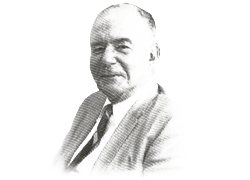Filiz Garip: “Networks, Diffusion and Inequality”
Symposium on the Future of the Social Sciences IV
Oct 26, 2018
DiMaggio and Garip (2011) define network externalities (where the value of a practice is a function of network alters that have already adopted the practice) as a mechanism exacerbating social inequality under the condition of homophily (where advantaged individuals poised to be primary adopters are socially connected to other advantaged individuals). The authors use an agent-based model of diffusion on a real-life population for empirical illustration, and thus, do not consider consolidation (correlation between traits), a population parameter that shapes network structure and diffusion (Blau and Schwartz 1984, Centola 2015). Using an agent-based model, this paper shows that prior findings linking homophily to segregated social ties and to differential diffusion outcomes are contingent on high levels of consolidation. Homophily, under low consolidation, is not sufficient to exacerbate existing differences in adoption probabilities across groups, and can even end up alleviating inter-group inequality by facilitating diffusion.

